Описание
Введение
Коррозия является распространенной проблемой во многих отраслях, особенно в тех, которые используют трубопроводы. Это может привести к изнашиванию материалов и может повлиять на безопасность и производительность операций. Из -за этого важно следить и управлять коррозией. Одним из лучших способов сделать это является использование зондов мониторинга коррозии. Эти полезные инструменты являются ключевыми для проверки и управления тем, сколько происходит коррозия, и они дают важную информацию, которая может помочь остановить потенциальные проблемы и поддерживать хорошо работать наши системы. Это эссе даст более подробную информацию о зондах мониторинга коррозии, в том числе о том, как их установить, как они работают и почему они важны в наших отраслях сегодня.
 II Что такое датчики мониторинга коррозии?
II Что такое датчики мониторинга коррозии?
Датчики мониторинга коррозии представляют собой специализированные устройства, предназначенные для измерения и отслеживания скорости коррозии в системе, обычно трубопроводы в различных отраслях. Эти зонды предоставляют ценные данные, которые могут помочь в принятии обоснованных решений о стратегиях обслуживания системы и предотвращения коррозии.
Существует несколько типов датчиков мониторинга коррозии, каждый с определенной целью и применением. Некоторые из общих типов включают:
- Зонды с электрическим сопротивлением: Они измеряют увеличение электрического сопротивления, вызванное потерей металла из -за коррозии. Они часто используются для онлайн-мониторинга и предоставляют данные в реальном времени.
- Линейные зонды сопротивления поляризации: Эти зонды предлагают неразрушающий способ измерения скорости коррозии. Они полезны для быстрого отзывов об изменениях в скорости коррозии.
- Гальванические зонды: Эти зонды измеряют естественную разность потенциалов между двумя разными металлами. Они часто используются в средах, где скорость коррозии относительно однородна.
- Купоны по снижению веса: Хотя это и не традиционный зонд, это кусочки металла, которые подвергаются воздействию коррозийной среды в течение установленного периода, затем удаляются и анализируются для потери веса, чтобы определить скорость коррозии.
Iii. Установка коррозионного зонда
- Выберите соответствующий зонд: Первый шаг - выбрать правильный зонд на основе требований системы и типа коррозии, которую вы хотите контролировать.
- Выберите сайт установки: Выберите сайт, который является репрезентативным для всей системы и где может произойти коррозия.
- Подготовьте сайт установки: Это может включать в себя бурение отверстия, если система является трубопроводом или подготовкой монтажного места, если система является резервуаром или судном.
- Установите держатель зонда: Держатель зонда обычно монтируется первым. Он предназначен для удержания зонда на месте и обычно имеет уплотнение для предотвращения утечек.
- Установите зонд: Вставьте зонд в держатель. Убедитесь, что он правильно сидит и безопасен.
- Подключите зонд к системе мониторинга: После установки зонда он должен быть подключен к системе мониторинга. Это может включать в себя запуск проводов или в случае беспроводных зондов, обеспечивающих должным образом в сочетании с системой мониторинга.
- Калибровать зонд: Прежде чем зонд сможет обеспечить точные показания, его необходимо откалибровать. Это включает в себя сравнение показаний зонда с известным стандартом и при необходимости корректировки.
- Проверьте утечки и другие проблемы: После того, как зонд установлен и откалиброван, проверьте на наличие любых утечек вокруг держателя зонда. Убедитесь, что зонд предоставляет показания системе мониторинга.
- Начните мониторинг: Как только все будет установлено и проверено, вы можете начать мониторинг коррозии.
Факторы, которые следует учитывать во время установки коррозионного зонда
- Тип зонда: Различные типы зондов предназначены для различных приложений и условий работы. Например, зонды с электрическим сопротивлением лучше подходят для среды с высокими скоростями коррозии, тогда как линейные зонды сопротивления поляризации более подходят для среды с различными скоростями коррозии.
- Расположение зонда: Место, где установлен зонд, имеет решающее значение для точных измерений скорости коррозии. Пресс в идеале должен быть помещен в репрезентативное место, где ожидается коррозия или в критических областях, где сбой может иметь значительные последствия.
- Окружающая среда и условия работы: Условия, при которых зонд будет работать, включая температуру, давление, скорость жидкости и тип коррозийного агента, могут значительно повлиять на тип используемого зонда и на его установку. Например, высокотемпературные среды могут потребовать зондов из материалов, которые могут противостоять таким условиям.
- Доступность: Зонд должен быть установлен в месте, которое легко доступно для технического обслуживания, калибровки и поиска данных.
- Безопасность: Безопасность всегда должна быть приоритетом при установке зондов. Это включает в себя рассмотрение таких факторов, как давление системы, потенциал для утечек, совместимость зонда с системными материалами и потенциальные опасности рабочей среды.
- Требования к сбору данных: Частота и тип необходимых данных будут влиять на выбор зонда и его установки. Например, если необходимы непрерывные данные в реальном времени, вы можете выбрать зонды, совместимые с системой онлайн-мониторинга.
IV Принцип работы коррозионного зонда
Датчики мониторинга коррозии работают по -разному, чтобы следить за тем, как быстро происходит коррозия. Все зависит от типа зонда. Вот простое объяснение того, как они работают:
- Зонды с электрическим сопротивлением: Эти зонда смотрят на то, как электричество движется через металлический кусок. По мере того, как металл корредирует, он становится все более тонким, а электричество движется через него медленнее. Проверив, насколько медленнее движется электричество, мы можем сказать, насколько быстро металл кормозит.
- Зонды линейной поляризации (LPR): Эти зонды придают немного напряжения в металлический кусок, а затем увидят, сколько изменяется электрический ток. Количество сопротивления этому изменению может сказать нам скорость коррозии. Хорошая вещь о зондах LPR заключается в том, что они дают нам быстрые отзывы о скорости коррозии.
- Гальванические зонды: Эти зонды используют два разных металла и измеряют разницу натуральных электрических потенциалов между ними. Эта разница может рассказать нам о скорости коррозии. Гальванические зонды лучше всего используются в местах, где коррозия происходит с устойчивой скоростью.
- Купоны по снижению веса: Это не традиционные зонды, но они работают простым способом. Кусок металла, известный как купон, остается в коррозионной среде на определенное время. После этого времени он вынужден, очищается и взвешивается. Изменение веса показывает, сколько материала было потеряно для коррозии, и это может сказать нам скорость коррозии.
V. Преимущества и ограничения зондов мониторинга коррозии
Преимущества зондов мониторинга коррозии
- Раннее обнаружение: Зонды могут обнаружить коррозию на ранней стадии, еще до того, как она будет видна невооруженным глазом. Это позволяет выполнять быстрое исправление, прежде чем коррозия выходит на критический уровень.
- Профилактика неудач: Предоставляя ранние предупреждения, зонды могут помочь предотвратить катастрофические сбои, такие как утечки трубопроводов или разрывы, которые могут иметь серьезные последствия для безопасности и окружающей среды.
- Экономия затрат: Зонды могут помочь сэкономить затраты в долгосрочной перспективе путем досрочного выявления коррозии, позволяя профилактическому обслуживанию, а не на более дорогостоящем ремонте или замене после того, как произошел сбой.
- Жизненное расширение активов: Регулярный мониторинг может помочь продлить срок службы активов, обеспечивая эффективное управление коррозией.
- Данные для стратегий управления коррозией: Данные из коррозионных зондов могут помочь в разработке эффективных стратегий управления коррозией и в оценке эффективности текущих мер контроля коррозии.
Ограничения зондов мониторинга коррозии
- Репрезентативность: Данные, полученные из зонда, представляют собой конкретное местоположение, где установлен зонд. Если коррозия не является равномерной по всей системе, зонд может не дать точную картину общей скорости коррозии.
- Вмешательство: На некоторые зонды могут повлиять другие факторы в системе, такие как изменения скорости или температуры жидкости, которые могут мешать показаниям.
- Проблемы установки: Установка зондов может быть сложной, особенно в системах высокого давления или высокотемпературных систем, и может потребовать отключения системы.
- Обслуживание: Зонды требуют регулярного технического обслуживания и калибровки для обеспечения точных показаний. Если не поддерживать должным образом, полученные данные могут вводить в заблуждение.
- Расходы: Первоначальная настройка и обслуживание системы мониторинга коррозии может быть дорогостоящей, хотя эти затраты часто перевешиваются потенциальной стоимостью отказа.
VI. Заключение
Corrosion Monitoring Probes are really important in lots of industries like oil and gas, chemical production, and water treatment. They’re important because they can spot corrosion early, stopping bigger problems before they happen. This can keep people safe, protect the environment, and also save money. By having up-to-date information on how fast corrosion is happening, these probes let us step in and fix things before they get worse. This can mean equipment lasts longer and costs less to look after. The information from these probes also helps us make plans to manage corrosion effectively, adding to their usefulness.
Чтобы завершить, датчики мониторинга коррозии являются действительно полезными инструментами для управления и предотвращения коррозии. Несмотря на то, что есть некоторые проблемы, например, убедиться, что данные представляют всю систему и поддержали правильные исследования, преимущества обычно перевешивают эти проблемы. Секрет эффективного использования этих зондов состоит в том, чтобы понять, как они работают, правильно их устанавливают и разобрались с данными, которые они предоставляют по отношению к конкретной системе и как она работает. Делая это, отрасли могут использовать эти зонды не только для того, чтобы следить за коррозией, но и для уменьшения ее воздействия. Это может сделать их операции более эффективными, безопасными и более устойчивыми.

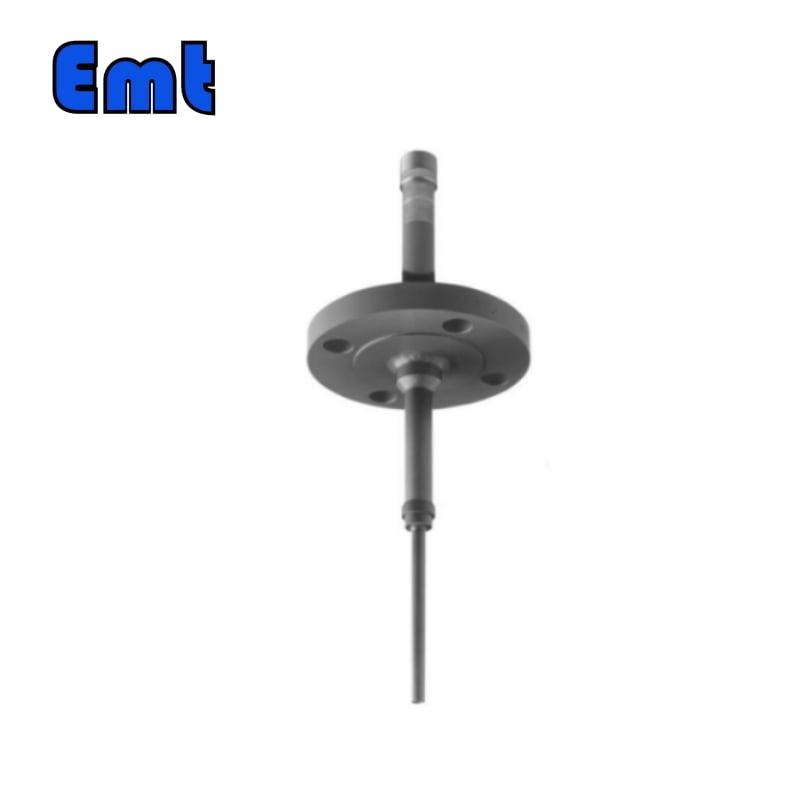
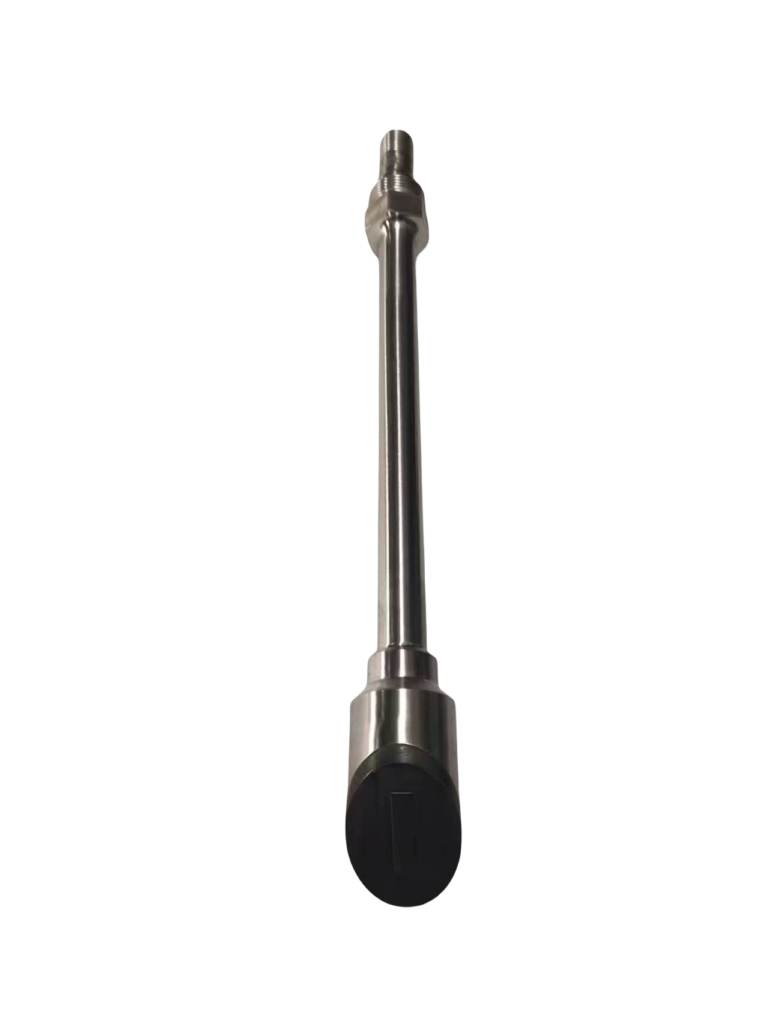 II Что такое датчики мониторинга коррозии?
II Что такое датчики мониторинга коррозии?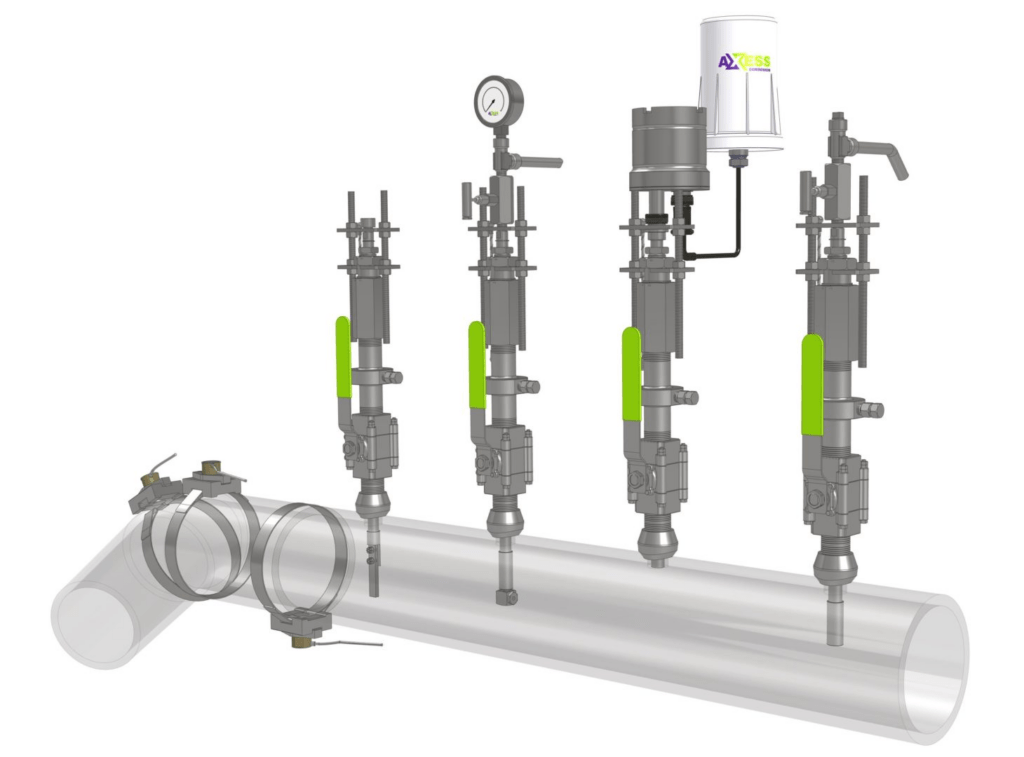
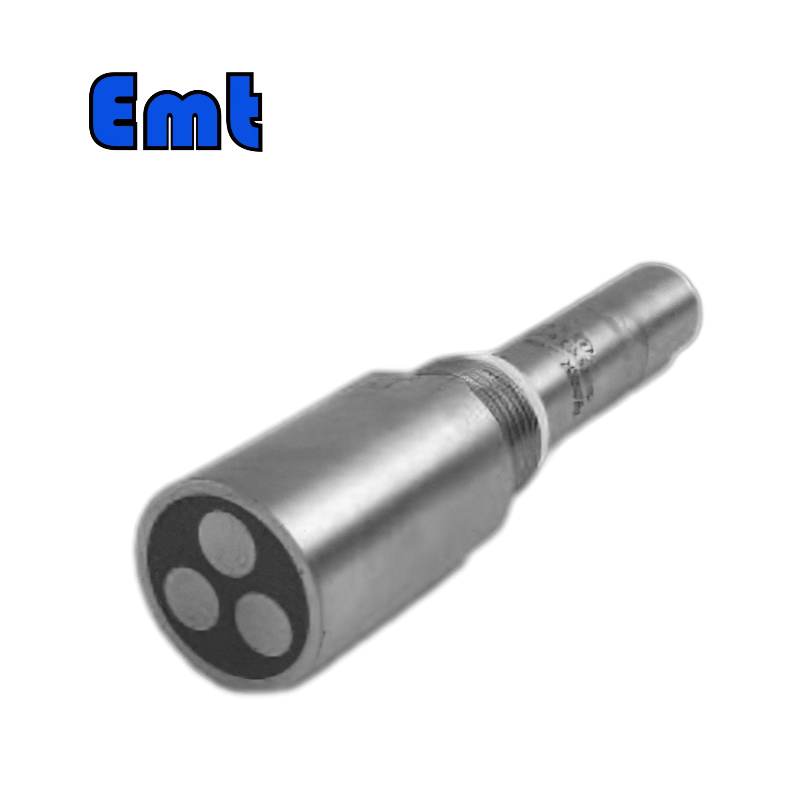
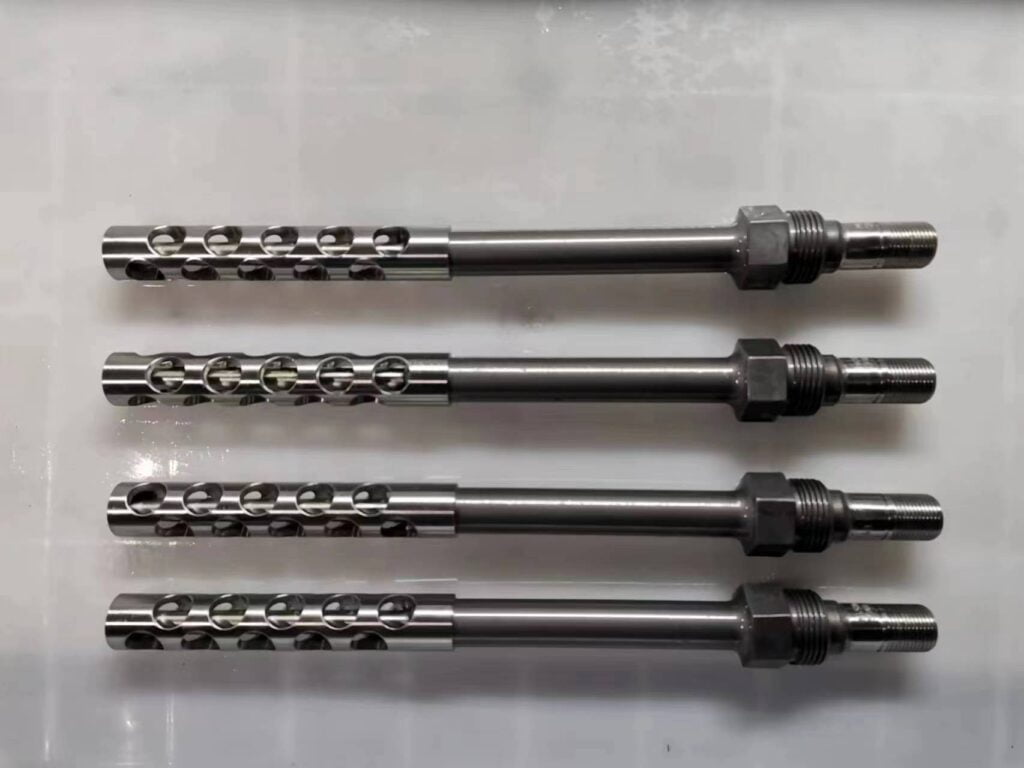
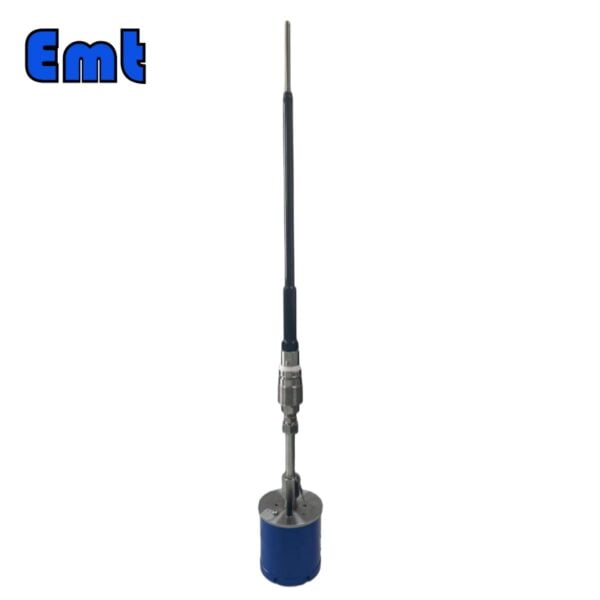
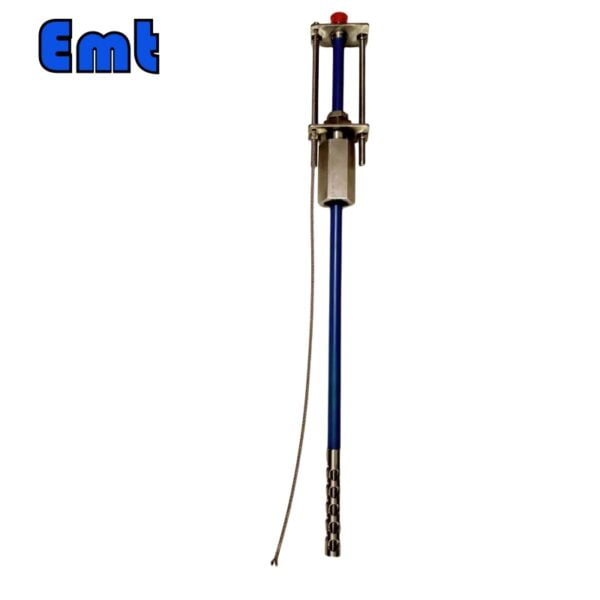
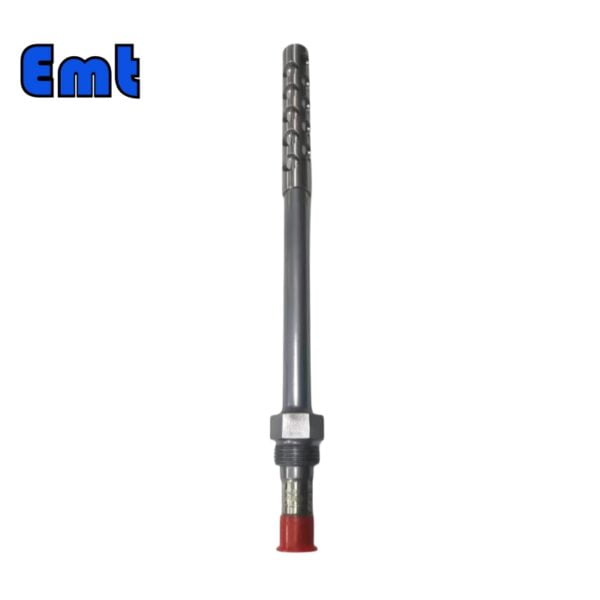
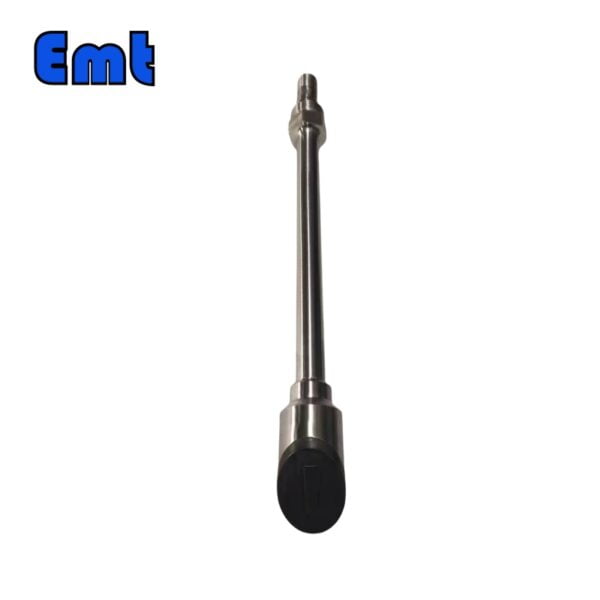
Отзывы
Пока нет отзывов.